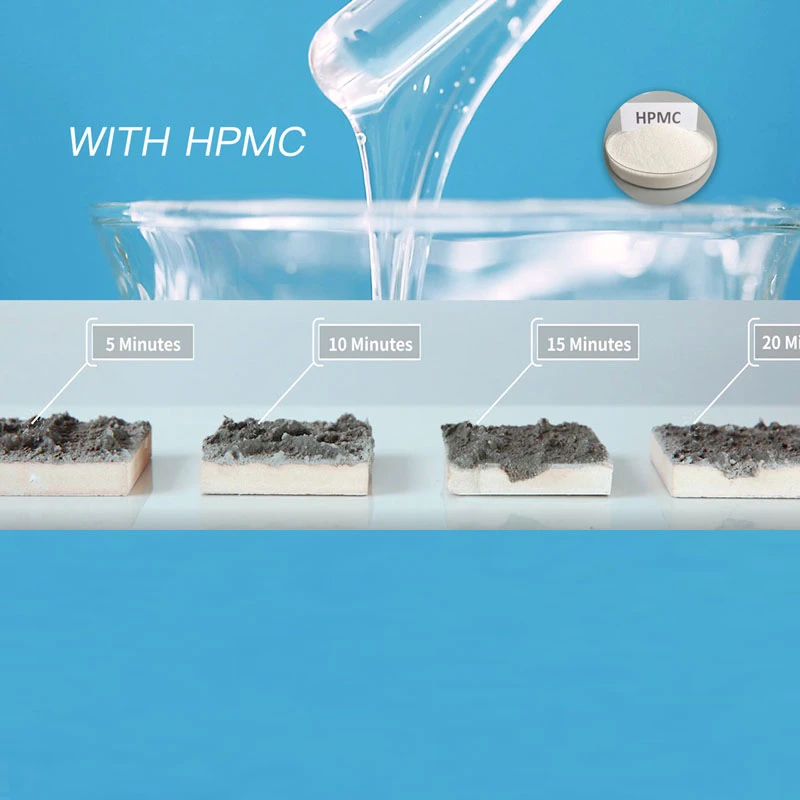Understanding Cellulose Ethers HEC, HEMC, and HPMC
Cellulose ethers are a group of cellulose derivatives that play a crucial role in various industries, particularly in construction, pharmaceuticals, food, and cosmetics. Among the most notable cellulose ethers are Hydroxyethyl Cellulose (HEC), Hydroxyethyl Methyl Cellulose (HEMC), and Hydroxypropyl Methyl Cellulose (HPMC). Each of these compounds possesses unique properties that make them suitable for specific applications.
Understanding Cellulose Ethers HEC, HEMC, and HPMC
Hydroxyethyl Methyl Cellulose (HEMC) combines the features of HEC and methyl cellulose, resulting in a product that is both soluble in cold water and has improved thermal stability. HEMC is used extensively in various applications, including coatings, inks, and personal care formulations. Its thickening properties help in achieving desired viscosities, while its film-forming capabilities enhance the performance of paints and adhesives. In the pharmaceutical sector, HEMC is often utilized as a binder and stabilizing agent, ensuring that active ingredients in tablets and suspensions are uniformly distributed.
cellulose ether hec hemc hpmc

Hydroxypropyl Methyl Cellulose (HPMC) is another widely recognized cellulose ether, derived from the etherification of cellulose with propylene oxide and methyl chloride. HPMC is particularly favored for its lubricating properties and its use in controlled-release formulations in medications. Its exceptional thickness and gelling properties make it an essential ingredient in the food industry, where it acts as a thickener and emulsifier in sauces and salad dressings. HPMC also finds its place in cosmetics, where it enhances the texture and stability of creams and lotions.
Each of these cellulose ethers is characterized by their varying degrees of substitution, molecular weight, and solubility profiles, allowing for tailored performance in specific applications. Manufacturers can modify these parameters to create products that meet stringent quality standards across a range of industries.
The environmental impact of cellulose ethers is another area of interest. As they are derived from natural cellulose sources, they are considered more sustainable than many synthetic polymers. Their biodegradability contributes to a lower environmental footprint, making them an attractive option for companies looking to adopt greener practices in their formulations.
In conclusion, Hydroxyethyl Cellulose (HEC), Hydroxyethyl Methyl Cellulose (HEMC), and Hydroxypropyl Methyl Cellulose (HPMC) are indispensable cellulose ethers with diverse applications across multiple industries. Their unique properties enhance product performance and contribute to sustainability, making them critical components in the development of innovative formulations. As research continues, it is likely that the versatility and utility of these cellulose ethers will lead to new applications and further advancements.
-
The Application and Significance of Construction RdpNewsMay.19,2025
-
Industrial Grade HpmcNewsMay.19,2025
-
Building Coating Adhesive Building Coating Adhesive HpmcNewsMay.19,2025
-
Application Of Hpmc For Detergent For Detergent In DetergentsNewsMay.19,2025
-
Application Of Hpmc Cellulose In Cement-Based MaterialsNewsMay.19,2025
-
Application Of High Quality Hpmc For Construction In The Field Of ConstructionNewsMay.19,2025




